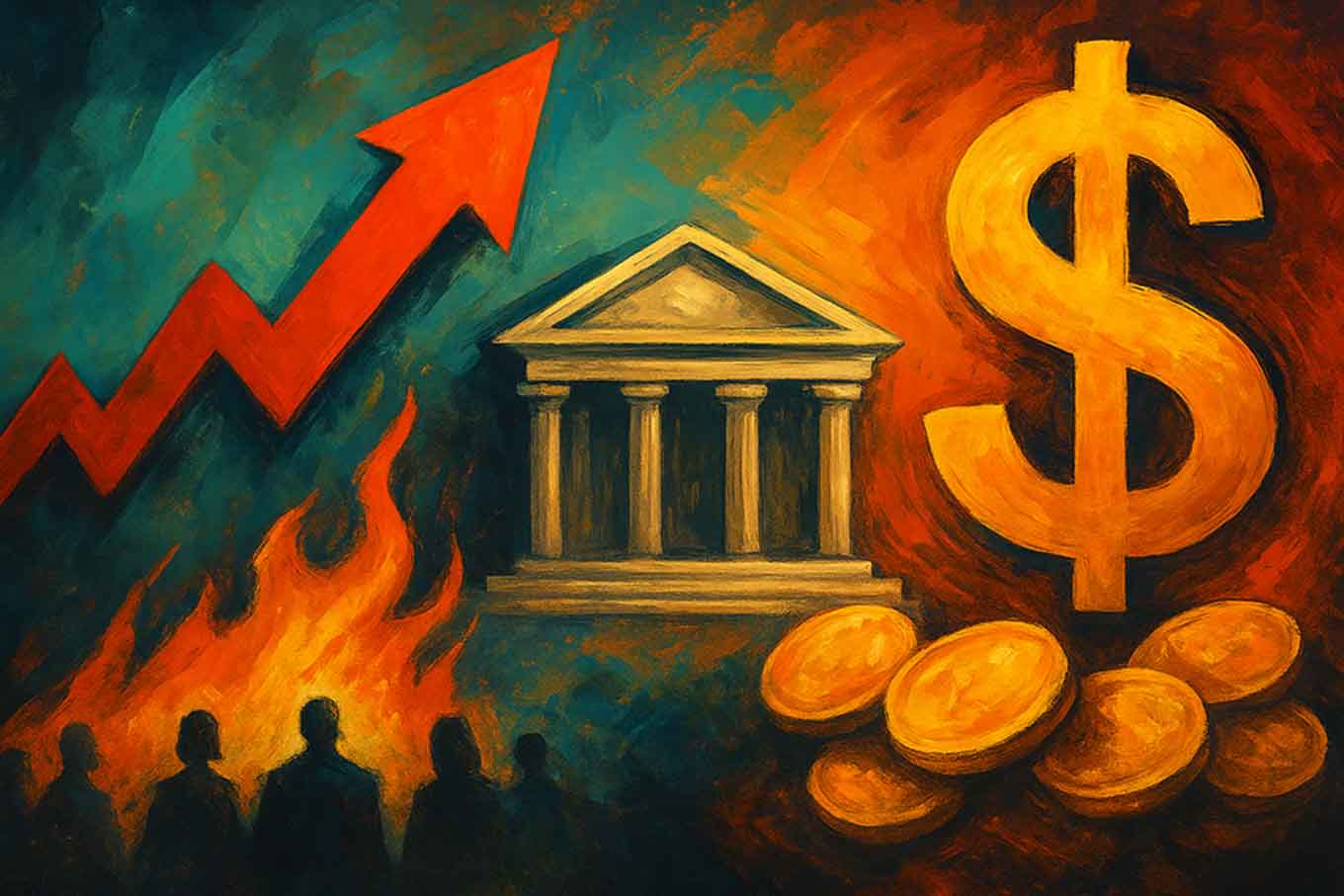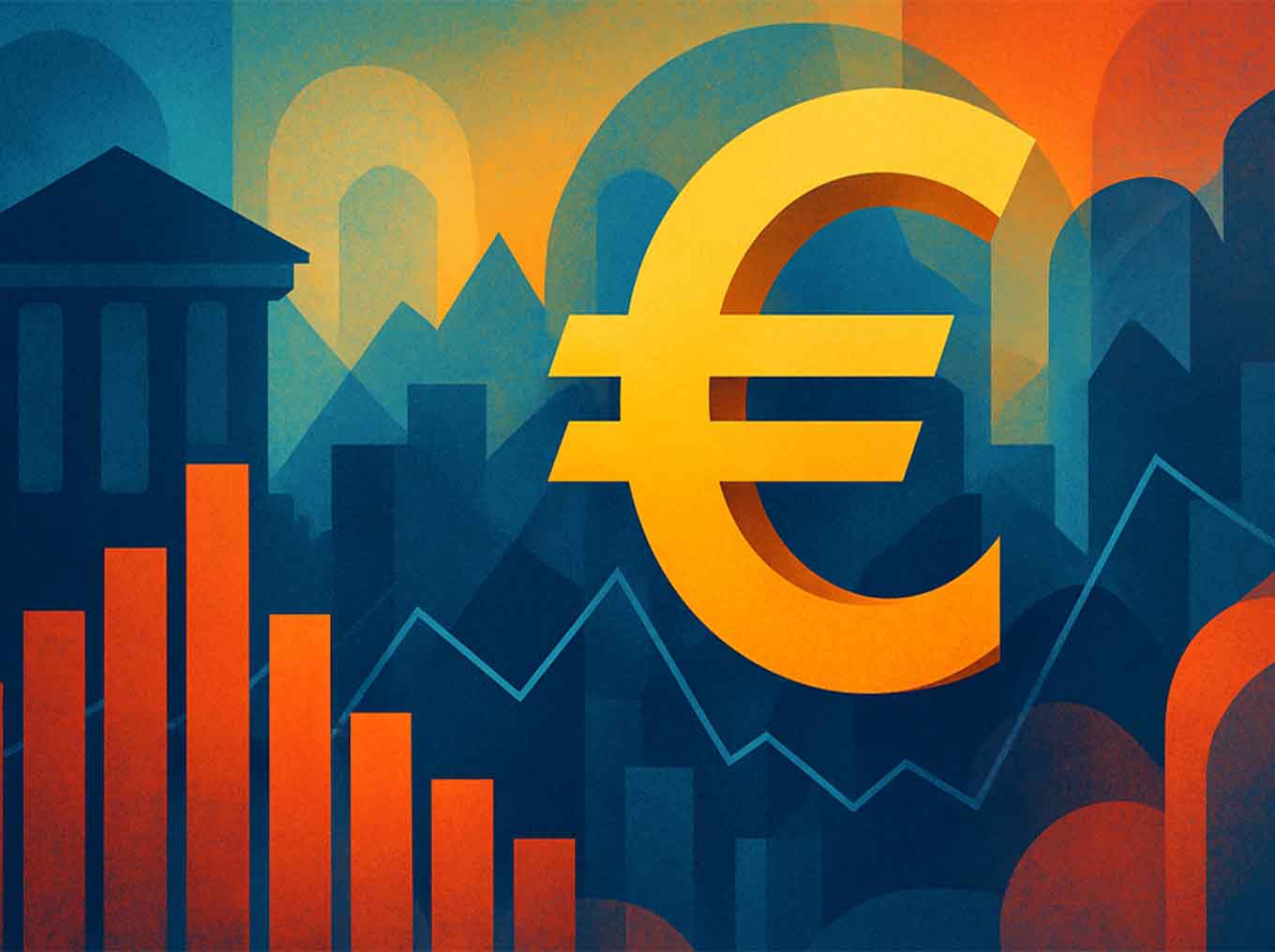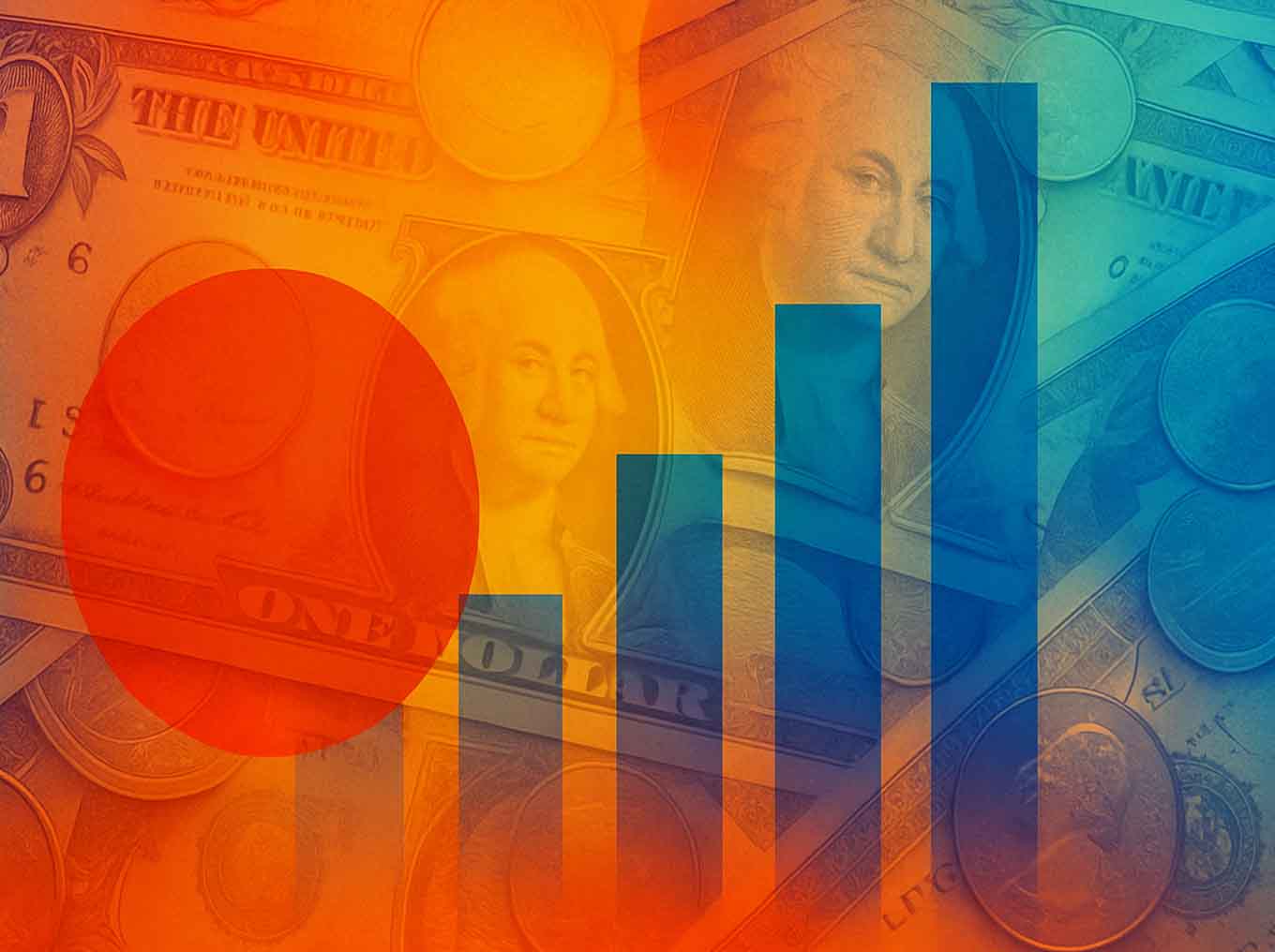Economy
Interest rates, inflation, demographics, and debt shape the direction of global markets. Following these forces helps investors make sense of where capital is flowing—and why it matters.


The Japanese Bond Time Bomb: How a JGB Shock Could Hit North American Stocks
Japan, the original architect of zero rates and QE, is suddenly being forced to live in a world of real interest costs, and its ¥1,300+ trillion debt pile is creaking as the 10-year JGB approaches 2%. This post explores how a spike in Japanese bond yields could morph from a “local” issue into a global shock, triggering carry-trade unwinds, repatriation flows, and a painful repricing of North American equities.

The Longest Shutdown Meets All Time Highs: What History Says, What Is Different Now
Global markets have surged to record highs even as Washington endures the longest shutdown in U.S. history. Past standoffs caused little market damage, but this one comes amid record debt and trillion-dollar deficits. Gold is suggesting investors are quietly hedging against the illusion of stability.

When the Tide Turns: Japan’s Reversal, the Debt Spiral, and What it Means for Gold
Japan may be on the verge of reversing the last few years of monetary discipline. With Prime Minister-elect Sanae Takaichi preparing to end tightening, restart QE, and expand fiscal spending, the world’s most indebted nation could reignite its debt spiral - sending ripples through bond markets, currencies, and gold.

Chasing the Unprintable: Why Cardboard Beats Currencies
This article explores the rise of sports card collecting - from multimillion-dollar Mantles and Wagners to the steady climb of 1990s Jordan commemoratives - set against the backdrop of a declining U.S. dollar. While fiat currencies are endlessly reproduced, scarce assets from cards to classic cars and gold prove their power to preserve wealth. In a world of infinite printing, only the finite survives.

Could European Banks Be at the Epicenter of the Next Financial Crisis?
Europe’s largest banks may look well-capitalized on paper, but hidden risks, from complex assets to shadow finance, leave the system exposed. A shock in London, Madrid, Paris, or Milan could quickly ripple across North America, reshaping markets and currencies.

Lessons from Post-War Financial Repression — And How to Ride Through It
This article explores the lessons of post-WWII financial repression, the winners and losers it created, and how investors today can prepare for a decade of negative real rates, shifting capital flows, and the rise of real assets.

The Greatest Illusion in Finance: How Banks Create Money from Nothing
This article unpacks the hidden mechanics of modern banking, revealing how commercial banks create money out of nothing through credit issuance. It traces the evolution from fractional reserve theory to the revolutionary credit creation theory, exposing how credit expansion—not savings—drives asset booms, inflation, and systemic risk.

The Hidden Driver: Why Every Investor Must Watch Geopolitical Risk
Geopolitical risk is no longer a background concern, it’s a central force reshaping global markets. This article unpacks how political instability, trade wars, and regional conflicts are influencing capital flows, supply chains, and investment strategies in real time.

Why Marc Faber Thinks the U.S. Could Default Under Trump
Marc Faber warns that a second Trump presidency could trigger the first U.S. default in history, as rising debt, protectionism, and a weakening dollar converge.

Trapped by Debt: Diego Parrilla on Structural Inflation and the Next Financial Shock
In this gripping conversation, macro strategist Diego Parrilla reveals why structural inflation, yield curve control, and relentless money printing have trapped global markets in a stagflationary spiral. With bonds no longer offering protection and central banks addicted to intervention, investors are being forced into risk - whether they realize it or not.